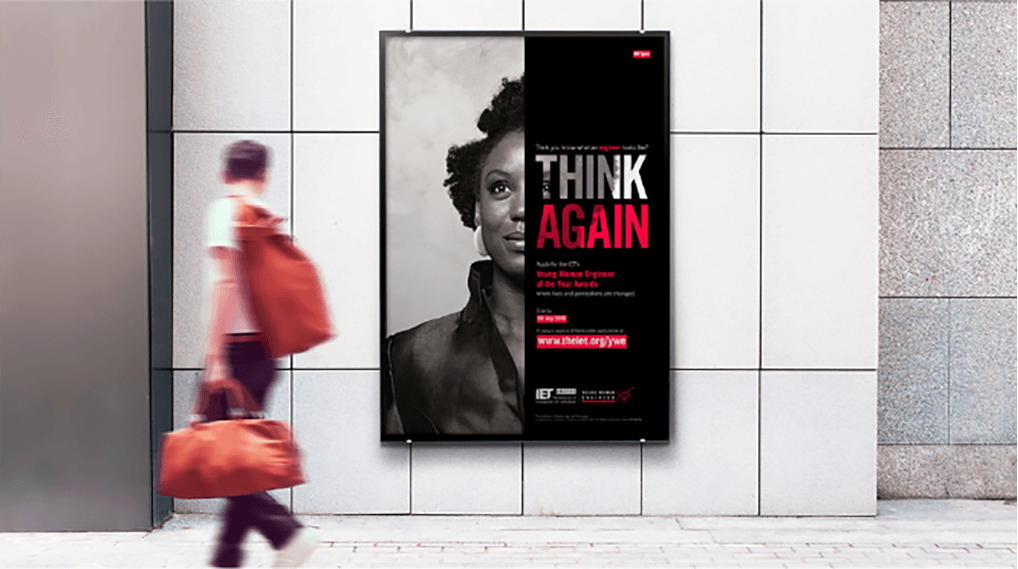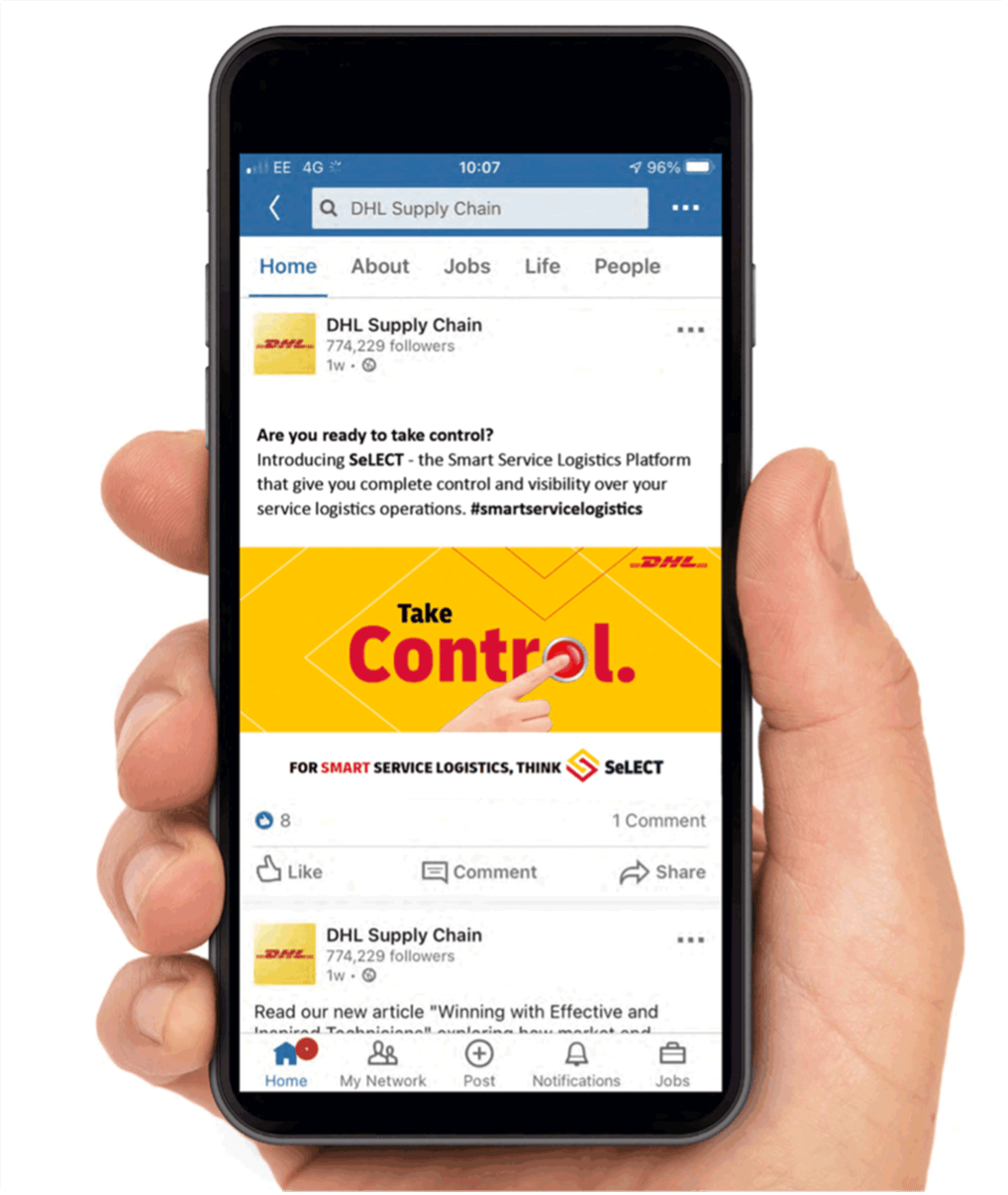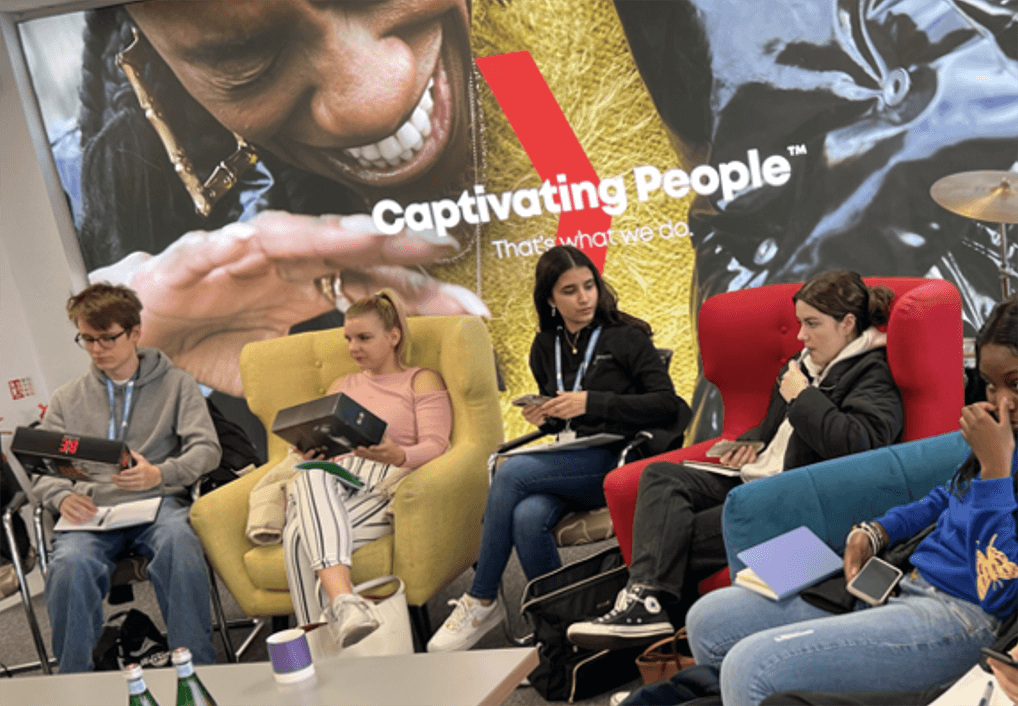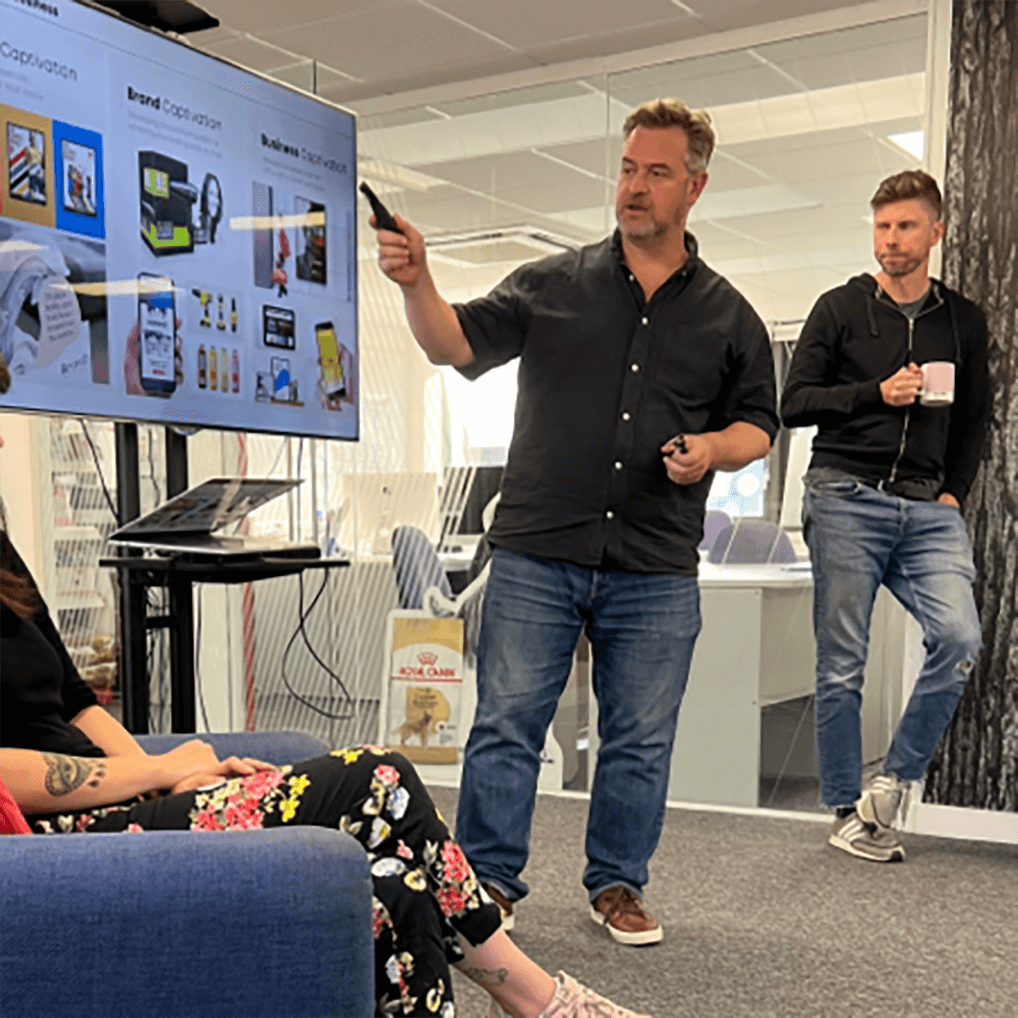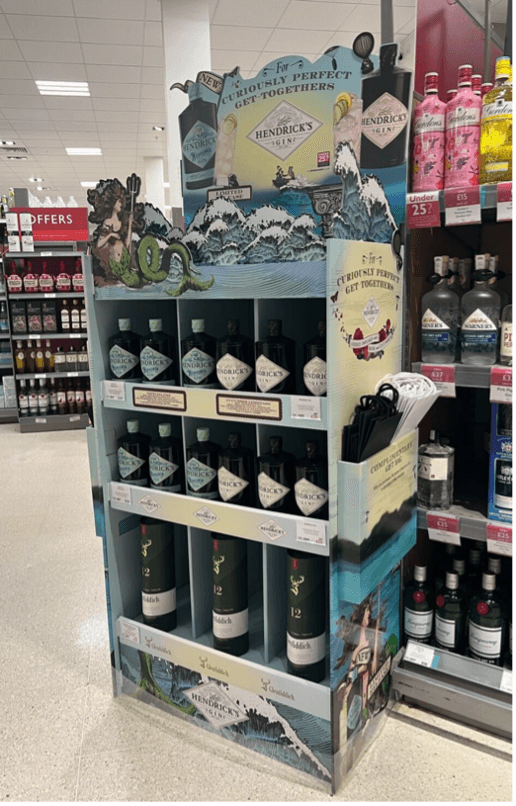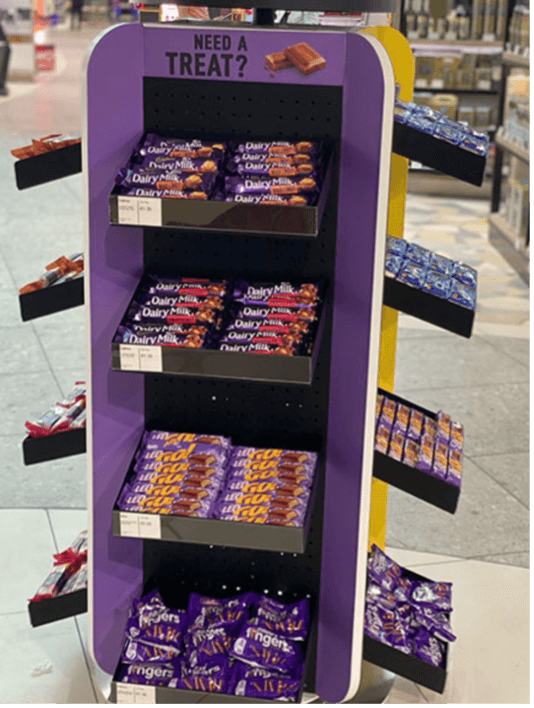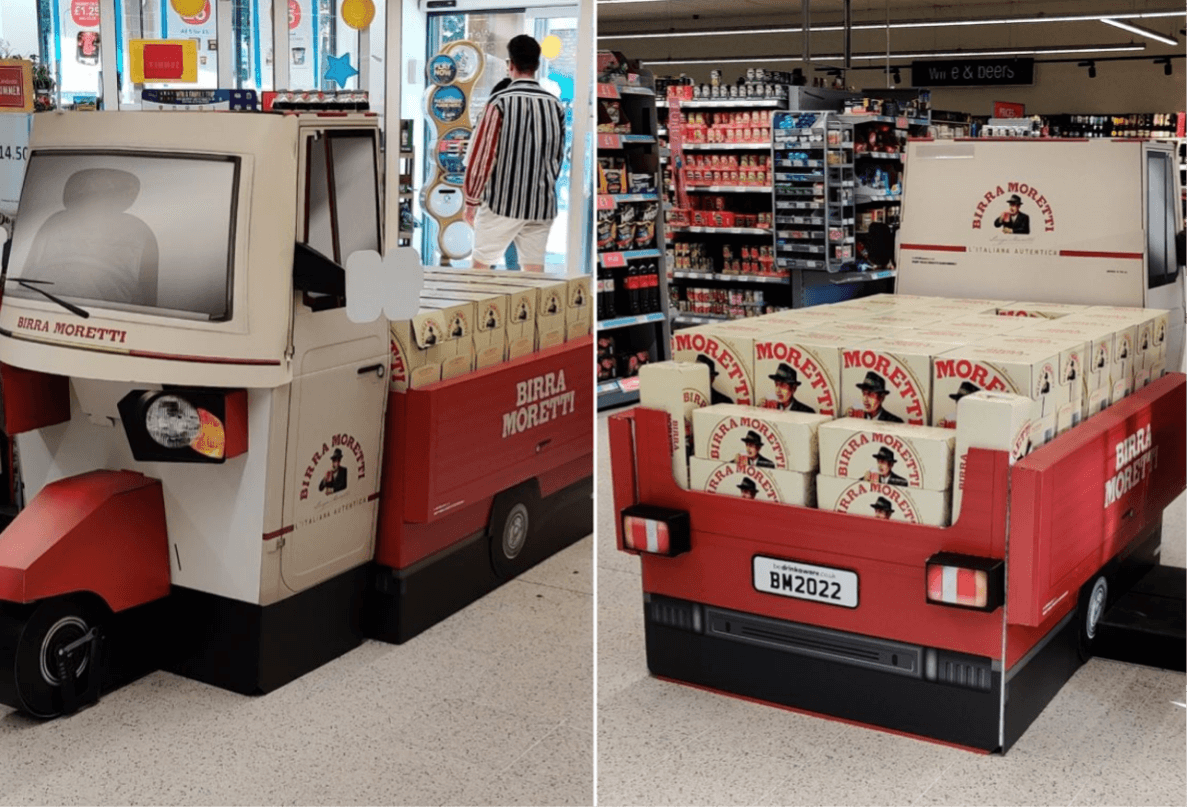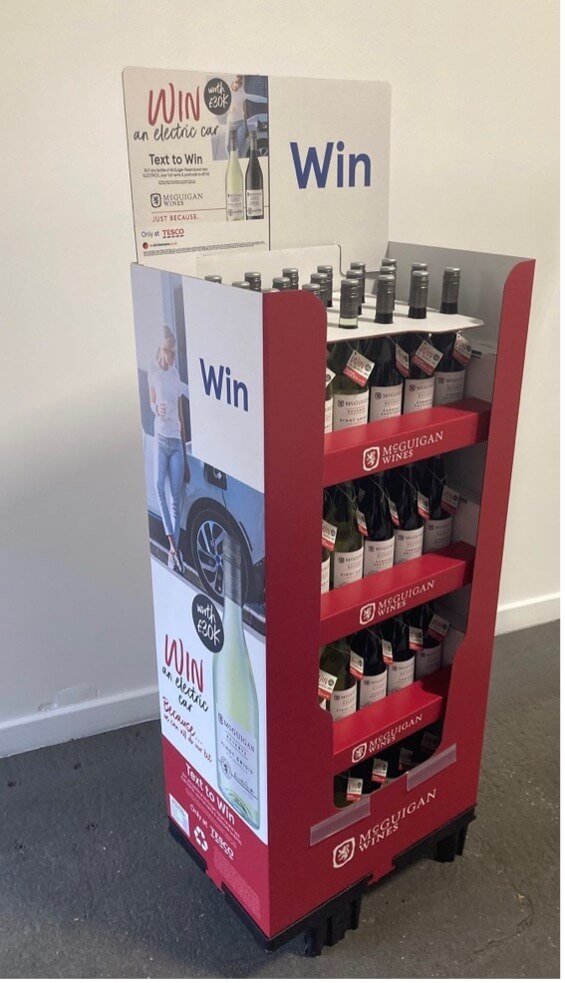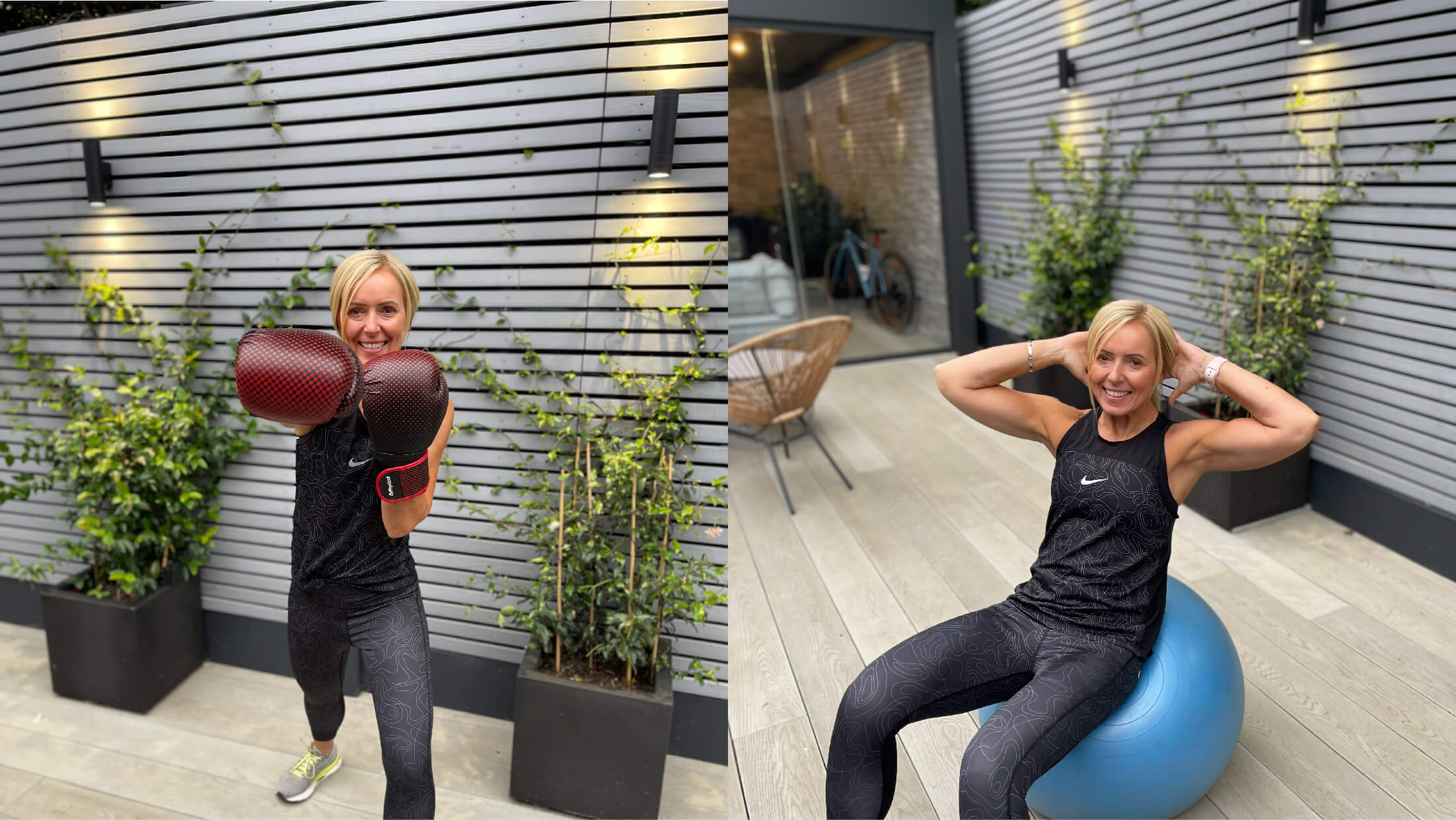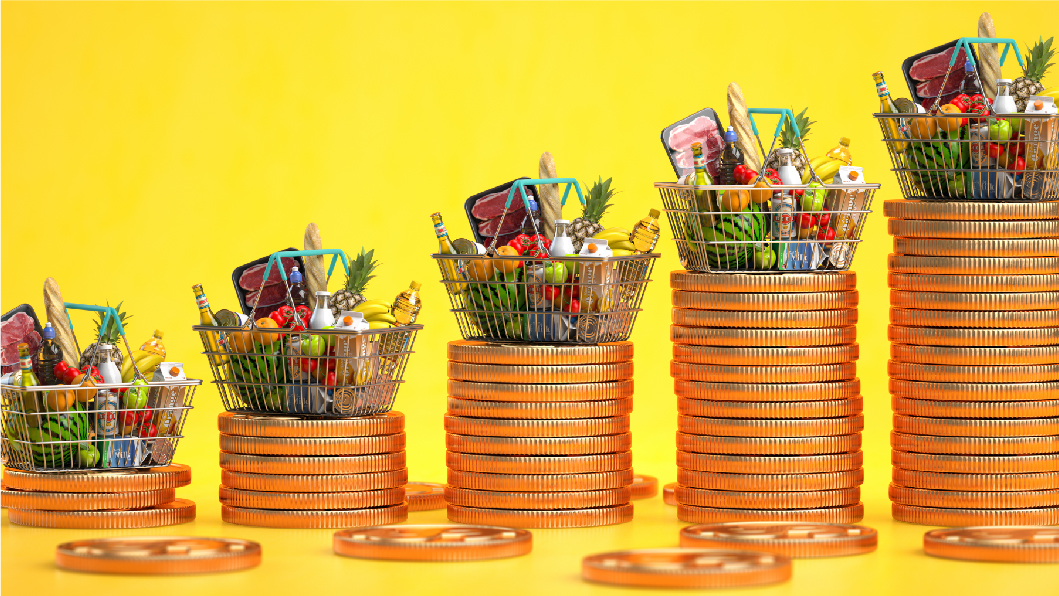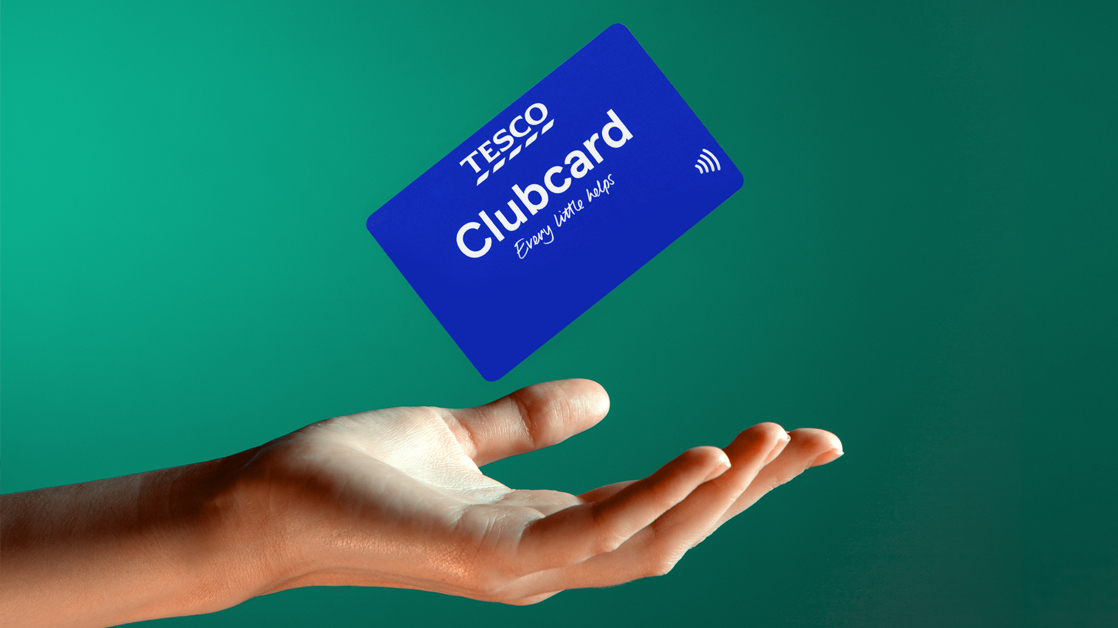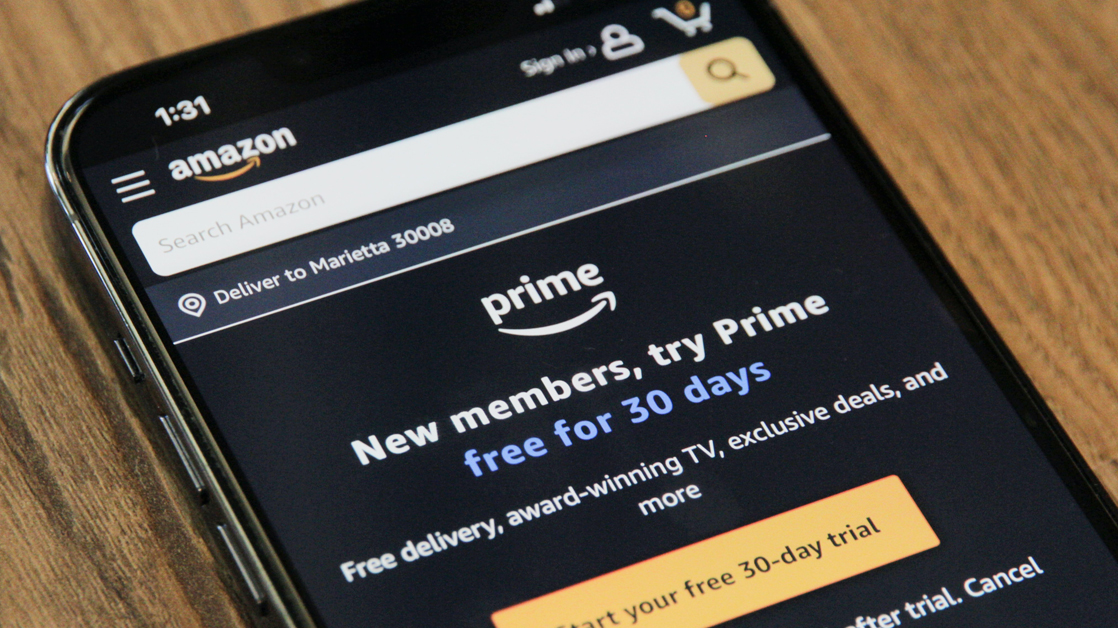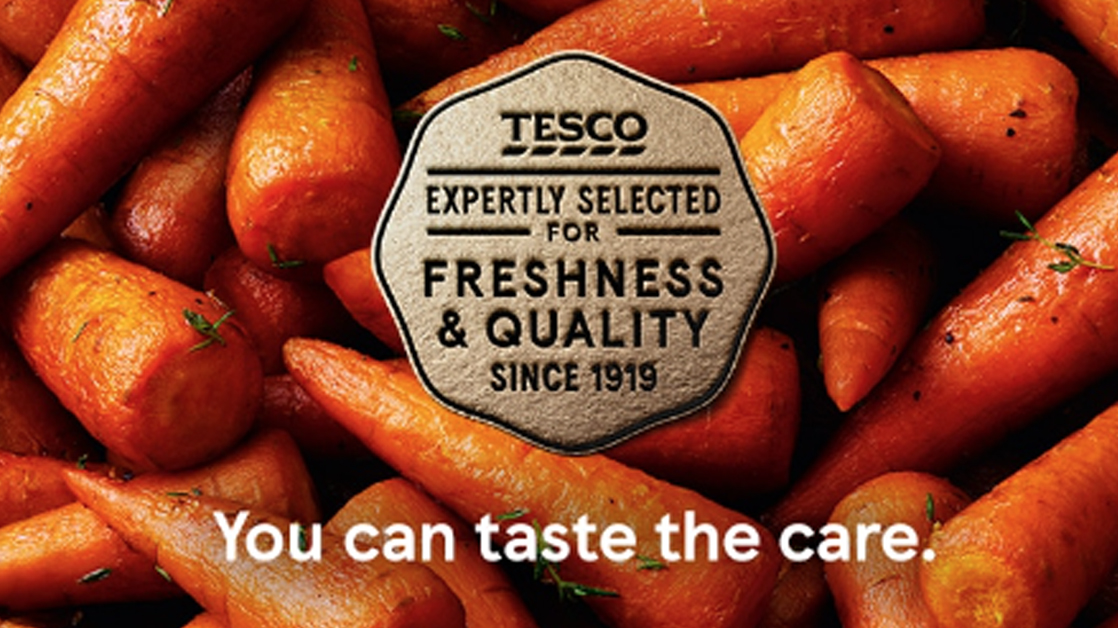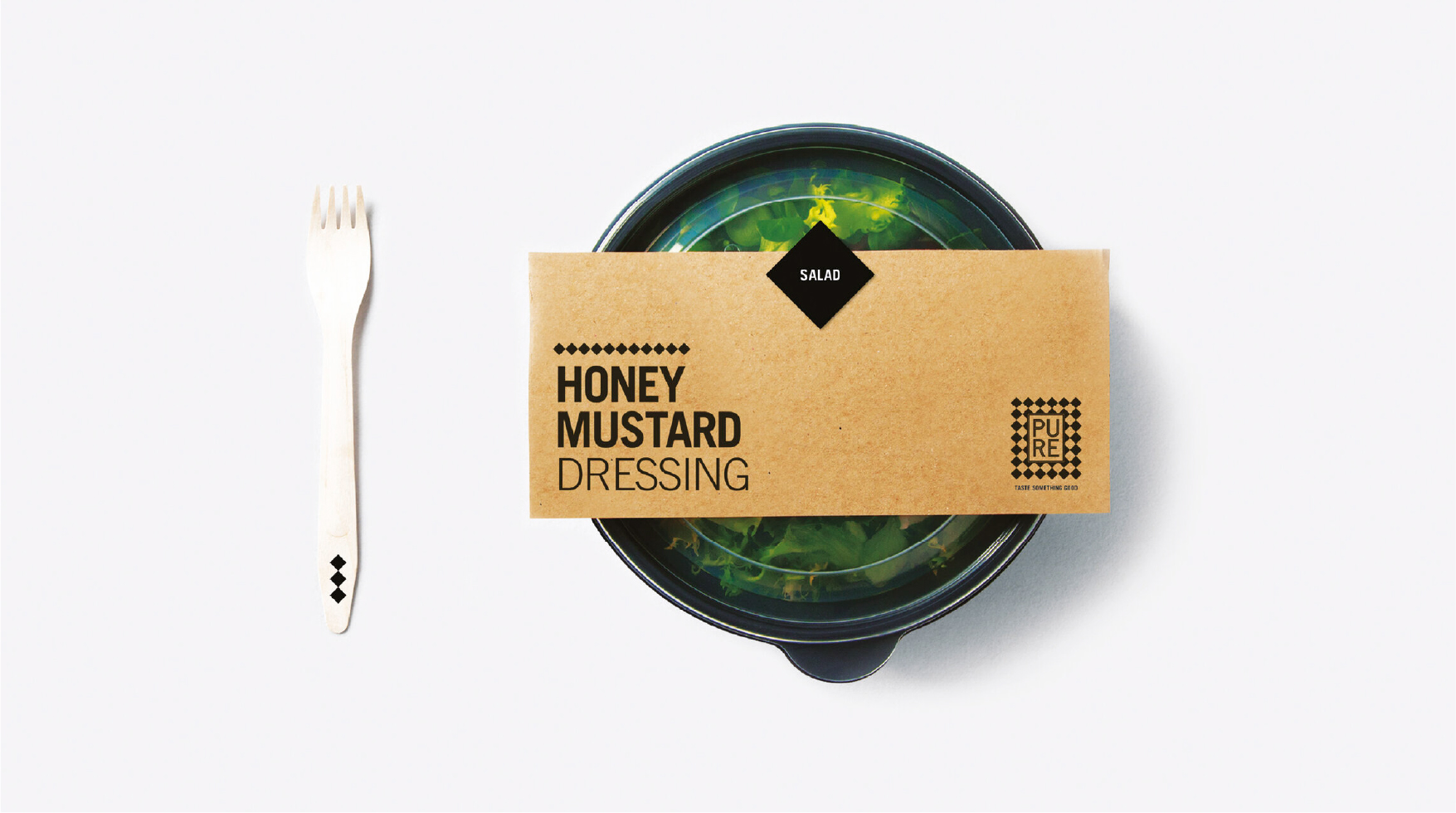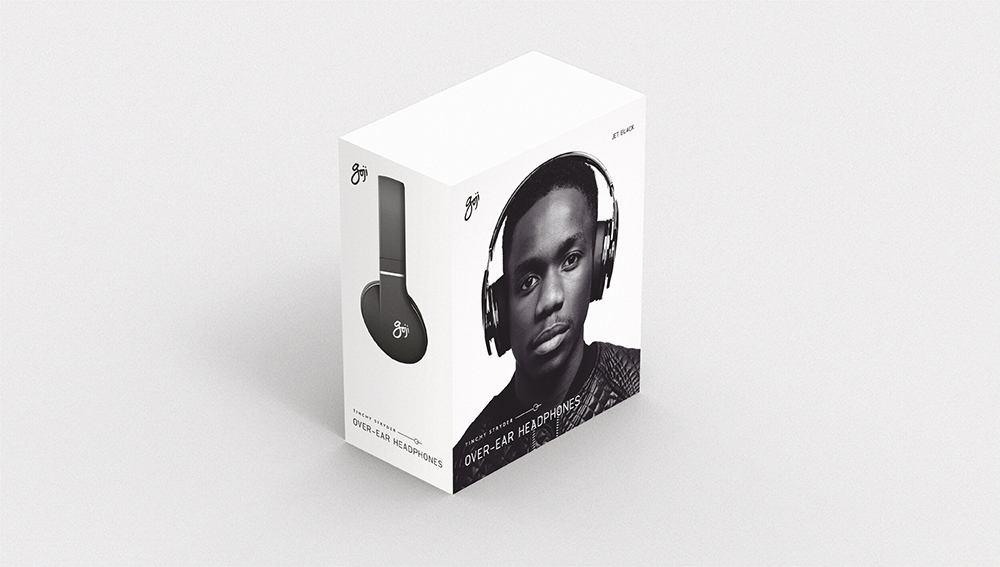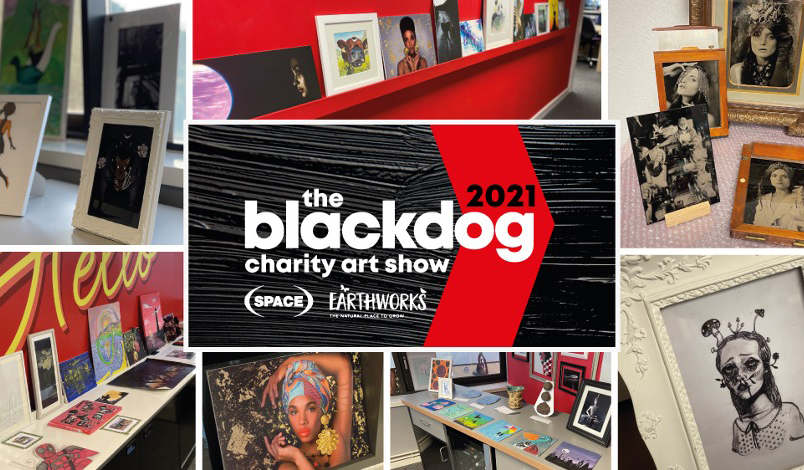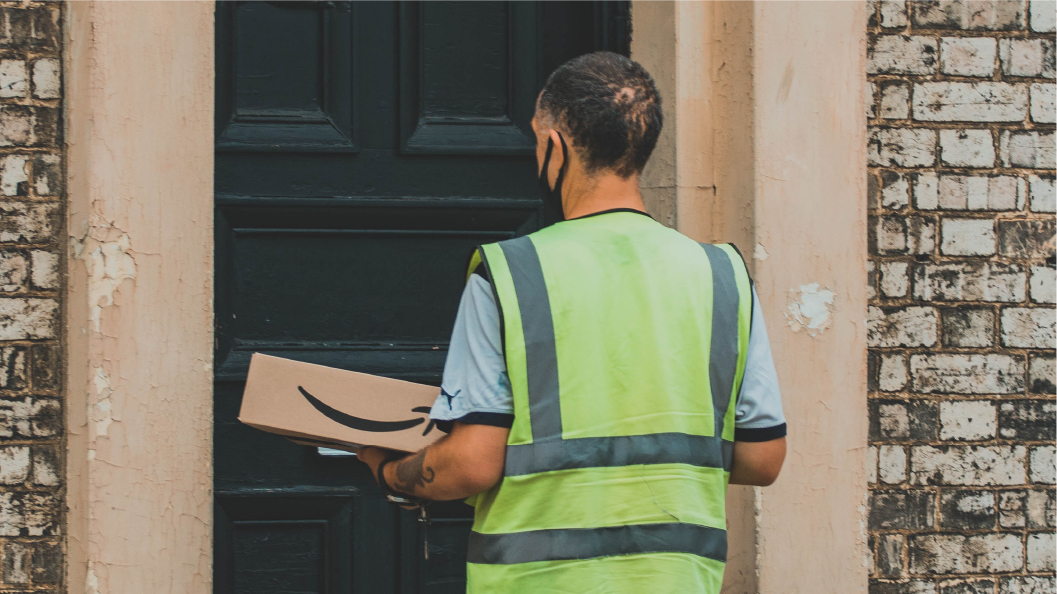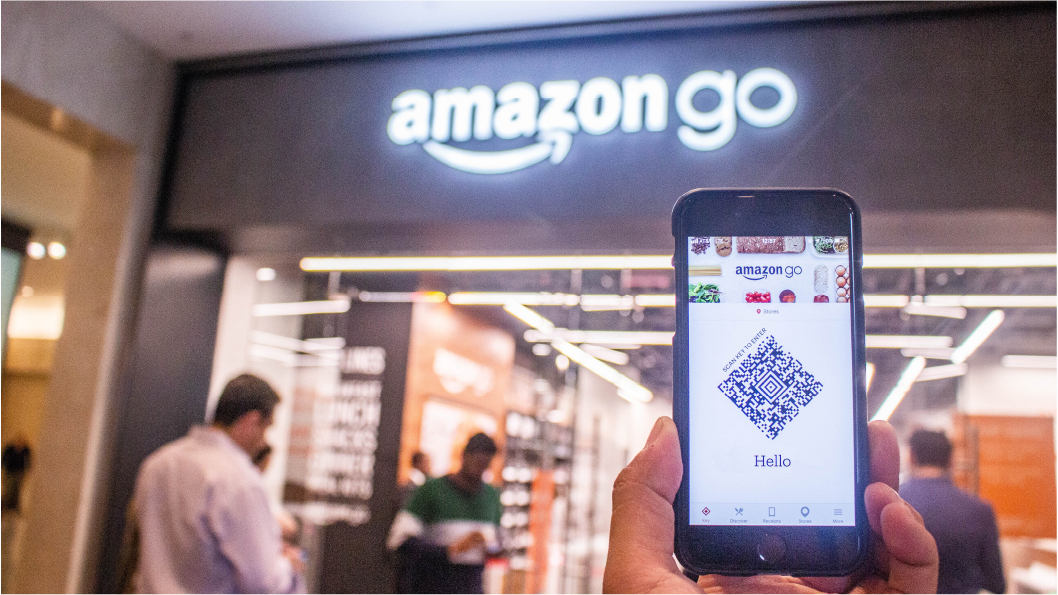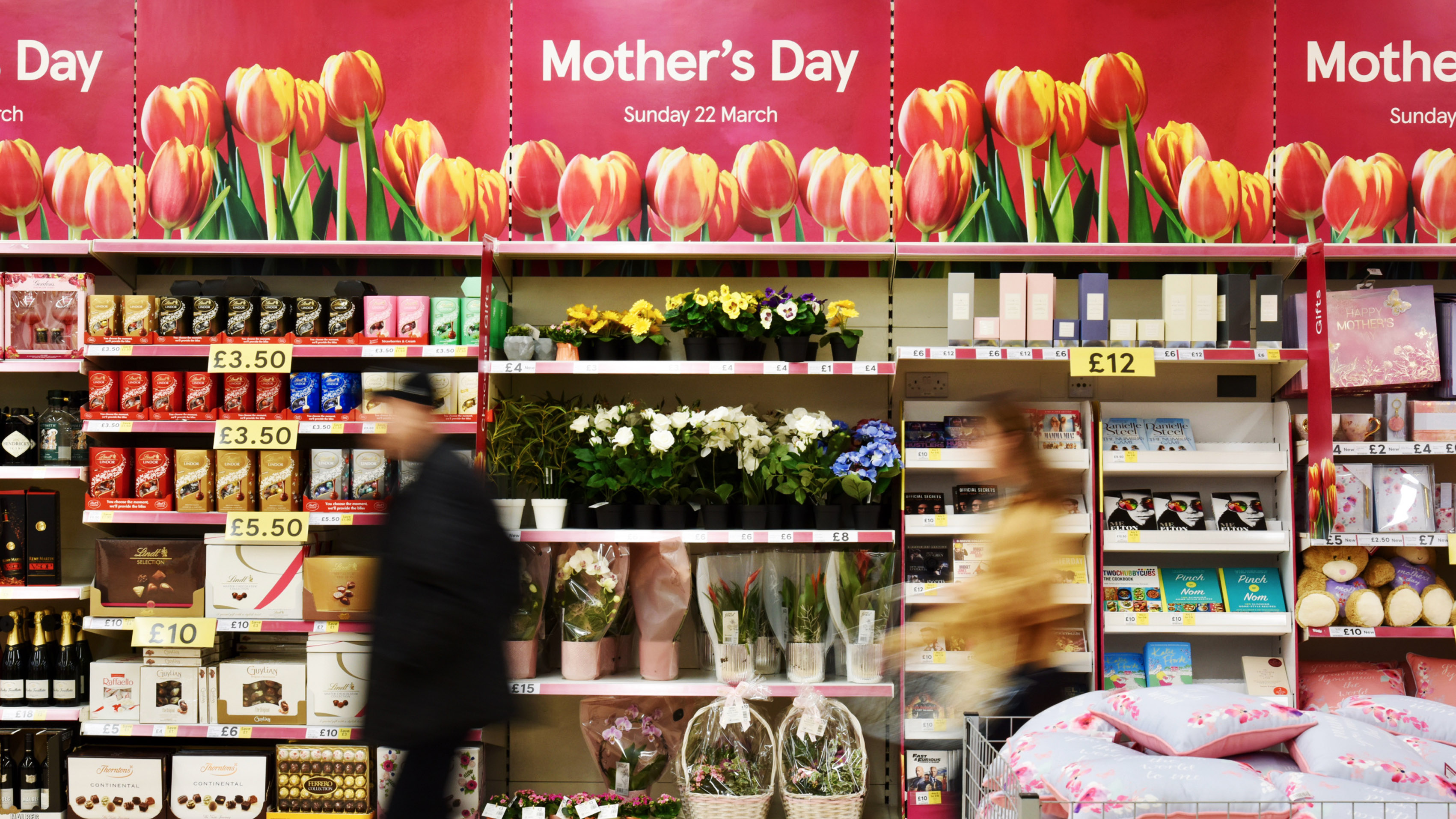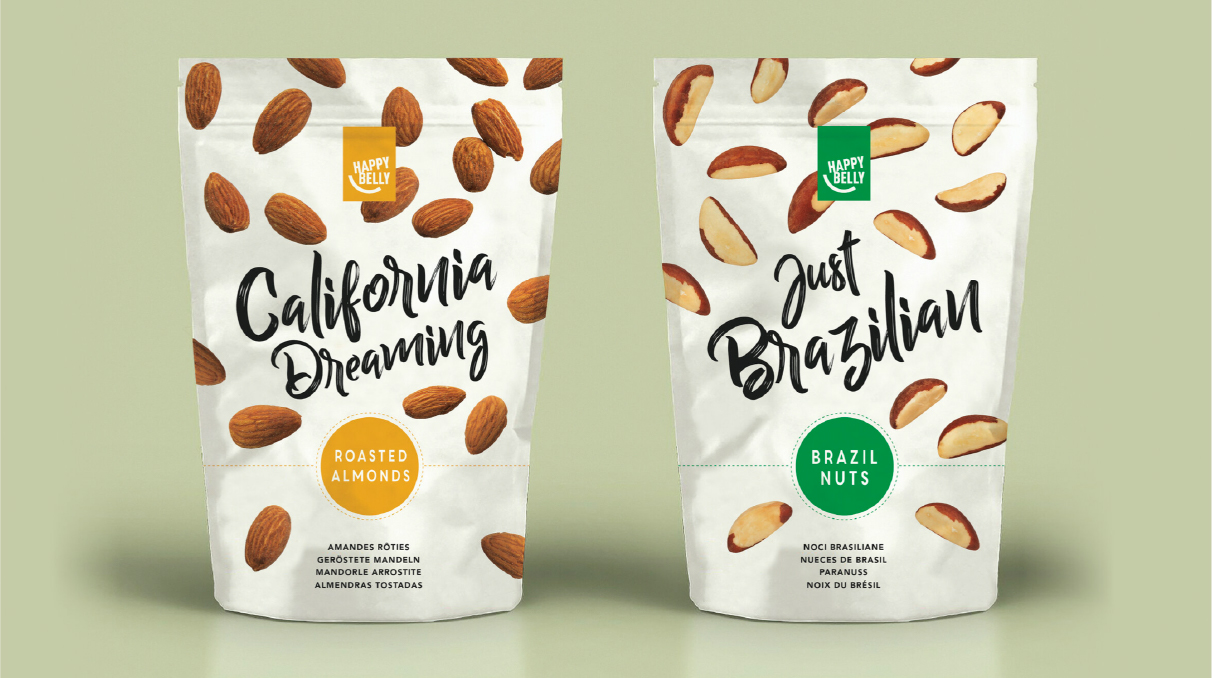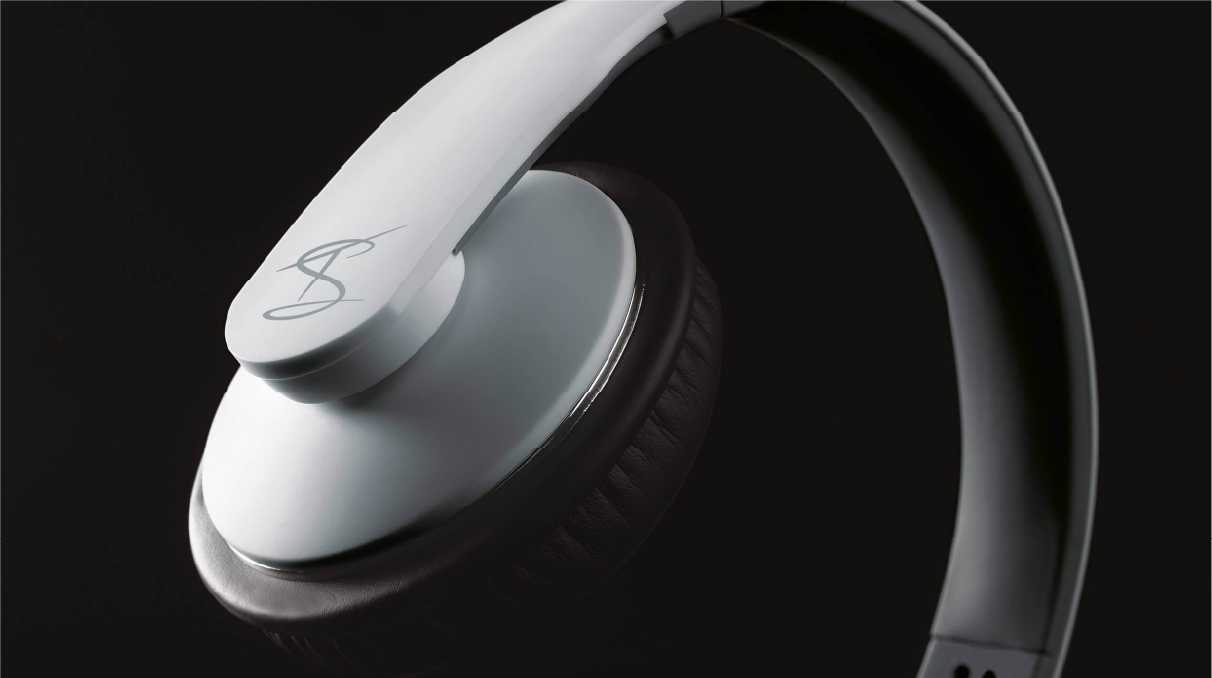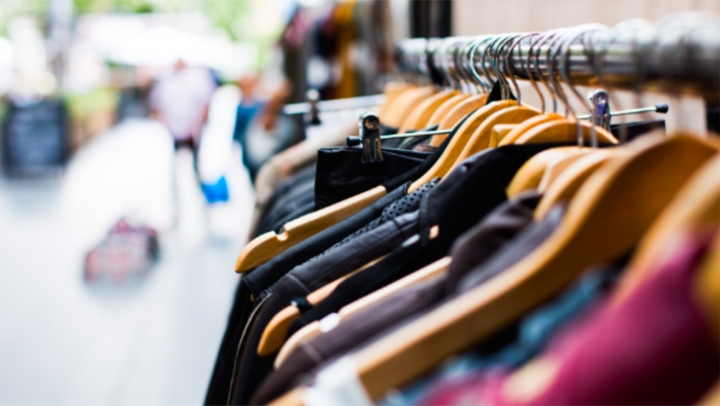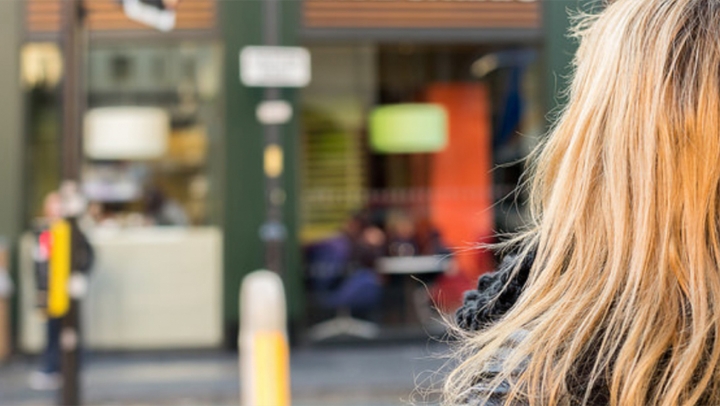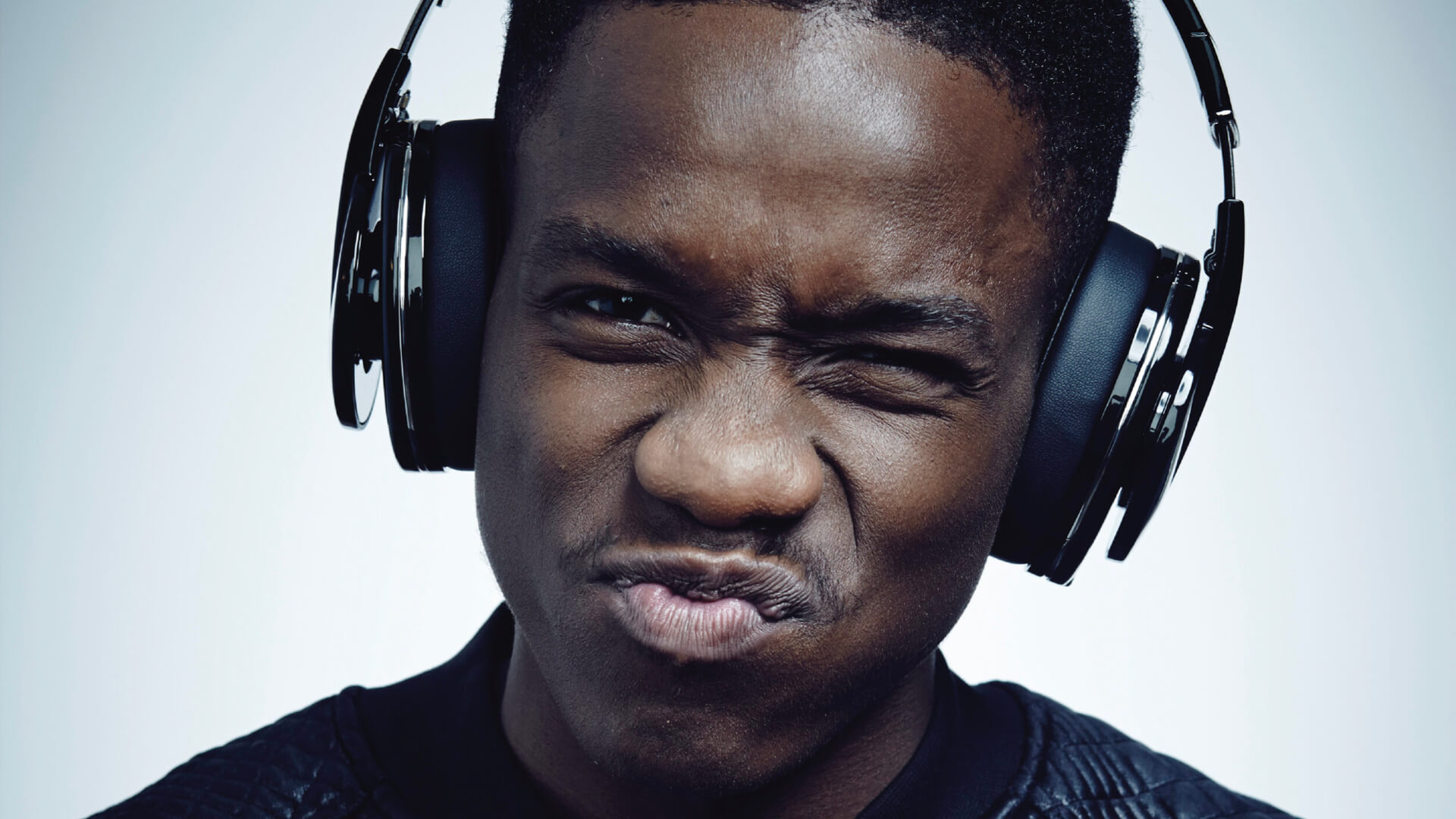
#8 Tinchy Stryder - Goji Cloud 9 Campaign
Beats by Dre had a firm grip on the celebrity rapper headphones scene – until we shook things up. Teaming up with Tinchy Stryder and Currys PC World, we launched a bold new audio brand that challenged the status quo.
Our integrated campaign spanned everything from eye-catching packaging and viral videos to in-store displays and vlogger collaborations. The result? A credible, buzzworthy brand that didn’t just look the part – it delivered on sales too.

“Brand development is a real passion, and it doesn’t get more exciting than creating a brand from scratch with one of the most talented up and coming rappers of the time.”
Matt Green Deputy Creative Director
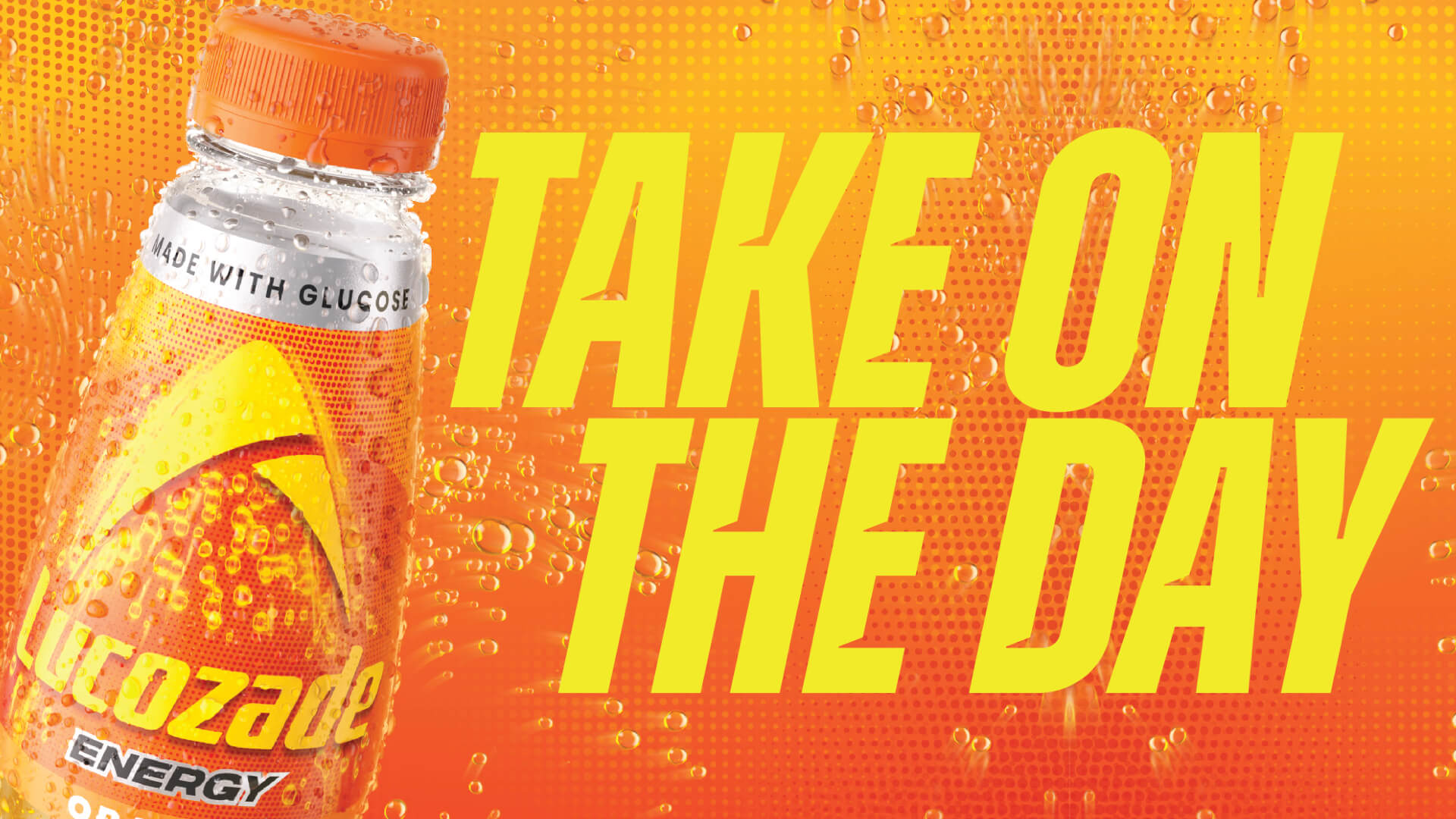
#7 Lucozade – Take on the Day
In early January there were some fantastic media opportunities with Tesco for mid-late February. A new global design tool kit had been created, but with no time for a shoot, a copy-led campaign was required.
Aimed at families who often need an energy boost to help them battle through their busy lives, we developed a new shopper platform: ‘Take on the Day’. We identified the key milestones of a typically busy day, and this hard-hitting copy helped remind our shoppers that Lucozade was there to help them take it on. The work went live across Tesco.com and in stores early in 2025.

“Working at pace can be exhilarating. Conception to execution in under 6 weeks was testament to a strong partnership with Suntory.”
Josh Hatton Growth Director

#6 ARGOS B.E. - Brand Creation
Personal care is a vast and competitive category, and for Argos, we named & created a distinctive new brand: B.E. (Best Everyday)—a haircare range designed for everyday use.

“The idea was inspired from consumer research groups, and once we had the idea of being at your everyday best, we developed the brand name, visual identity, and a style guide to bring the range to life.”
Jackie Hemmings Client Services Director
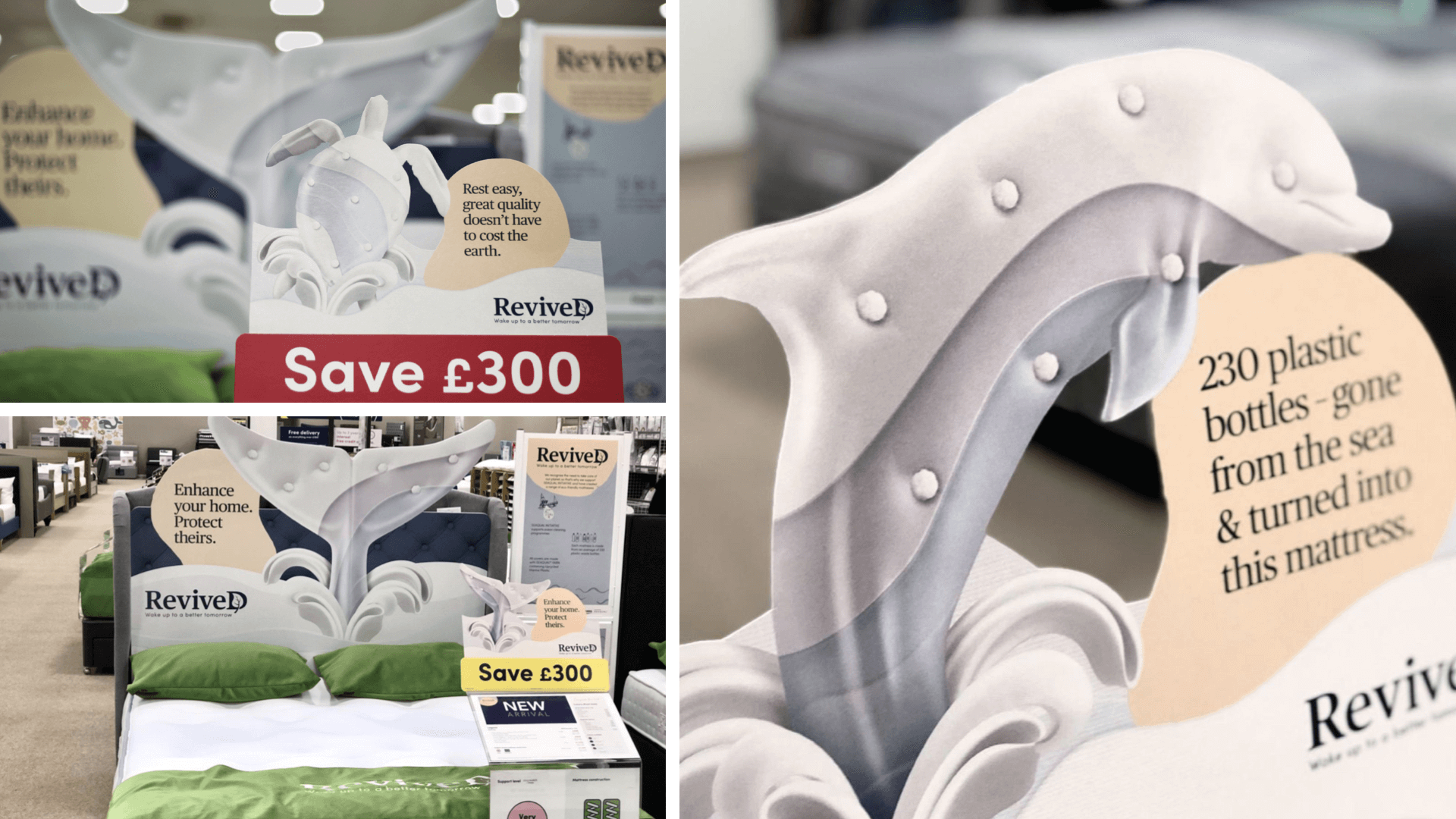
#5: Dreams Beds - Revived Launch
When Dreams asked us to launch their new ‘Revived’ mattress range, we dived in with both feet! Made using recycled ocean plastic, Revived offers a way for customers to care for the planet—while they sleep.
The work picked up a Gold Popai Award in its category and a bronze overall.

“It’s always nice to be part of an award winner! The idea of ‘Enhance your home, protect theirs’ gave us a really rich creative platform to educate and engage. Bringing it to life using creatures emerging from mattresses was also really fun”
Matt Green Deputy Creative Director
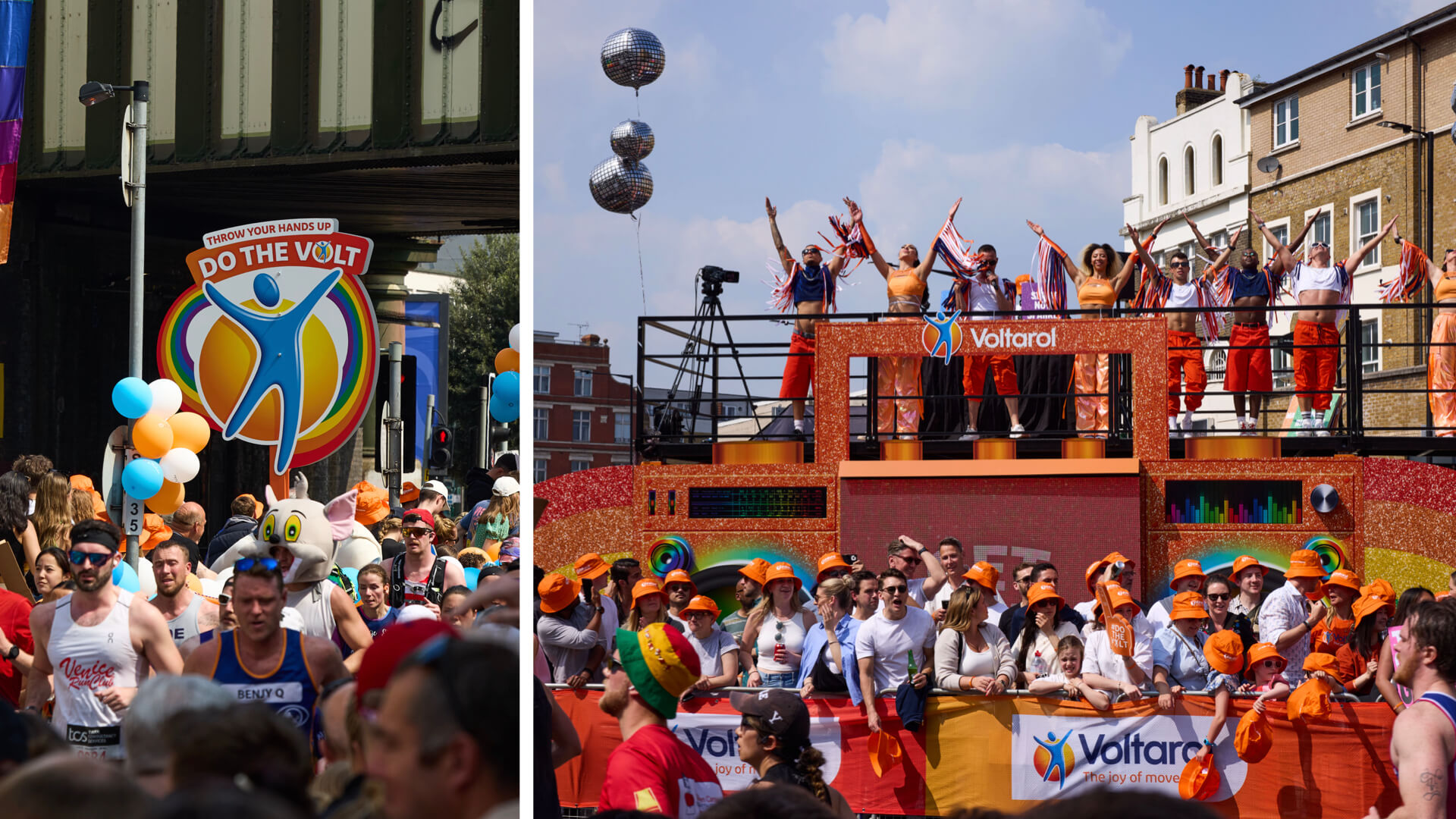
#4: Voltarol London Marathon partnership
As the Official Pain Partner of the London Marathon Voltarol needed a big idea and stand for Mile 21 of the 2025 London Marathon. To celebrate resilience and diversity at Rainbow Row we created a huge Boombox with DJs, dancers and motivating tunes to encourage runners and gee up the supporting crowd. ‘DO THE VOLT’ became a call to action and celebratory pose that runners and supporters could strike.

“It was one of those eureka moments- “Do The Volt” was inspired by Voltarol’s on-pack mascot and the similarity to sports poses such as The Mobot & The Bolt , as well as a celebrating runner. It was bang-on as a visual shorthand for accomplishment.”
Phil Pawsey Executive Creative Director
#3: Unleash their Potential - Royal Canin
A simple idea. Show the future magnificence of a family pet to new puppy or kitten owners. Royal Canin’s expert nutrition is tailored by breed and lifestage to lay the foundation for a healthy future. The campaign focussed on locking new pet owners into the Royal Canin brand.

“I love it because it was our first piece of work for Royal Canin. It won us the pitch and kick-started a great relationship”
Paul Kent Account Director
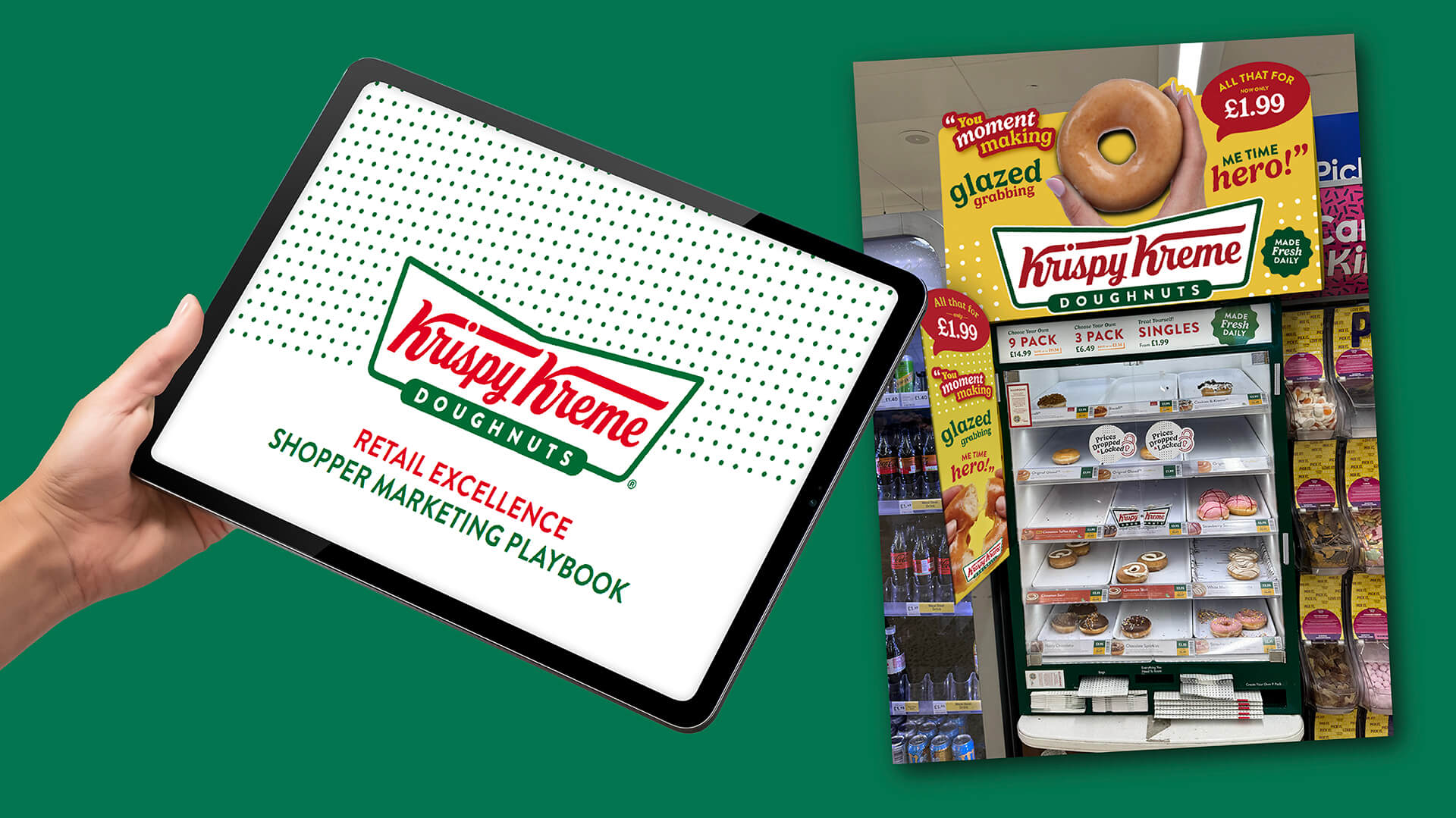
#2: Krispy Kreme - Shopper Principles
Krispy Kreme (KK) had a challenge in their supermarket space – many of their 1,200 iconic cabinets were now out of sight from shoppers’ usual shopping journeys and half of all sales is based on impulse.
As their recent appointed shopper agency, Blackdog were commissioned to develop a Playbook to help deliver best-in-class shopper principles. We benchmarked best practice across other categories/brands and then filtered these insights into creating our masterclass in cabinet comms to help KK achieve more stand-out and tempt shoppers to indulge in the delights of doughnuts.
Our final task was to then develop and roll-out KK’s very first price value proposition, where we re-framed the cabinets’ comms to focus on the Original Glazed being available for £1.99 which ran for the first quarter of 2025.

“This was bang-on in the middle of what we call the ‘Retail Trinity’. A brand challenge in the retailer environment through the lens of the shopper. Going global from a UK start, was the cherry on the doughnut”
Josh Hatton Growth Director
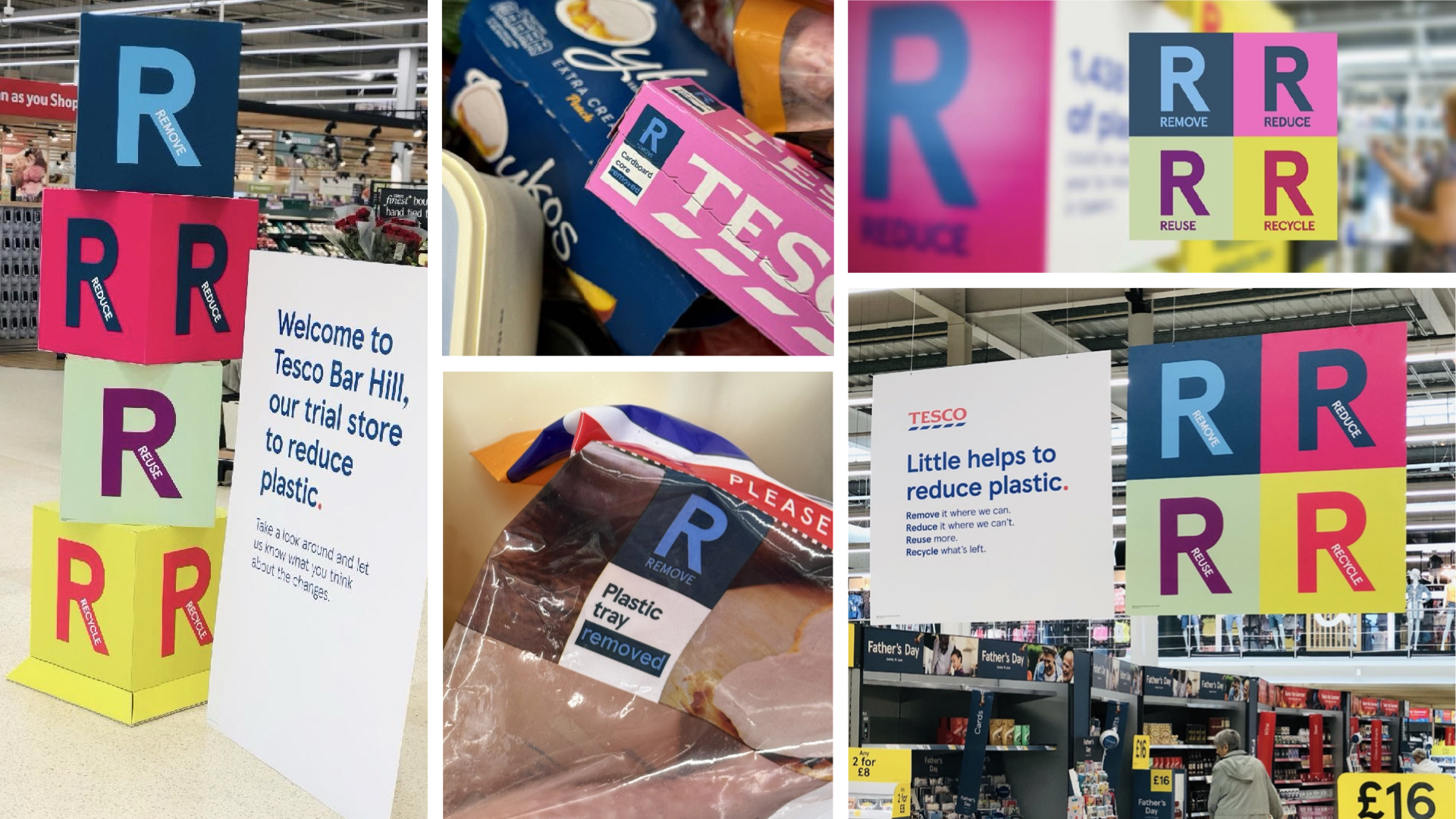
#1: Tesco - The 4 Rs
We created Tesco’s platform for plastic reduction in 2019. We wrapped up all the great things Tesco were already doing or about to do in reducing, removing, reusing or recycling plastic as ‘The 4Rs’: a customer-facing platform, which was colour coded to bring clarity to customers.

“We’re proud of this one. It neatly highlights Tesco’s commitment to tackling plastic waste and it’s become part of the DNA of their packaging and comms around the subject.”
Phil Pawsey Executive Creative Director

